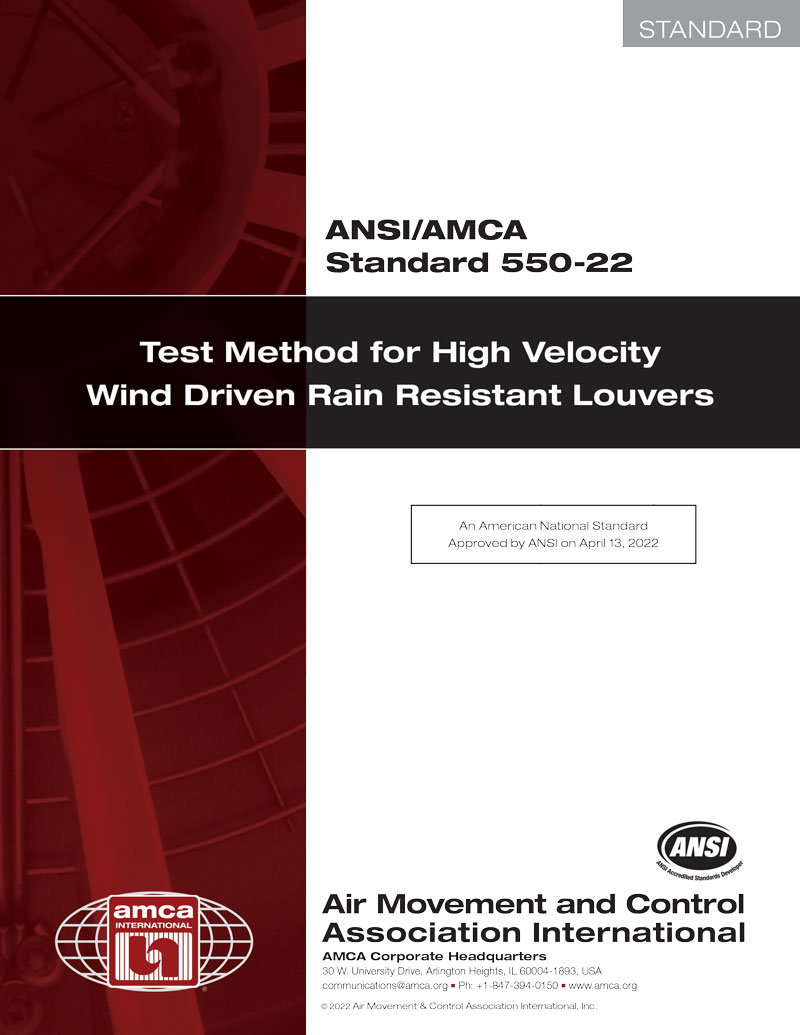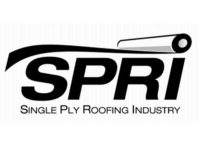The AMCA 550 committee and Publications and Standards team proudly announce the publication of a revised ANSI/AMCA Standard 550-22, (Test Method for High Velocity Wind Driven Rain Resistant Louvers, replacing AMCA 550-15).
 This purpose of ANSI/AMCA Standard 550-22, Test Method for High Velocity Wind Driven Rain Resistant Louvers, establishes uniform laboratory test methods and performance requirements for water rejection capabilities of louvers intended to be used in high velocity wind driven rain conditions.
This purpose of ANSI/AMCA Standard 550-22, Test Method for High Velocity Wind Driven Rain Resistant Louvers, establishes uniform laboratory test methods and performance requirements for water rejection capabilities of louvers intended to be used in high velocity wind driven rain conditions.
The scope of ANSI/AMCA Standard 550-22 ensures that tests conducted in accordance with the requirements of this standard are intended to demonstrate the acceptability of the louver in which water infiltration must be kept to manageable amounts during a high velocity wind driven rain event. Passing this test keeps water infiltration to manageable amounts of water. Design considerations behind these louvers should include provisions for collecting and draining the water as well as proper waterproofing of all materials and equipment that reside behind these louvers.
This edition of ANSI/AMCA 550 contains several changes which were deemed significant and impactful by the committee:
- Since a Wind Driven Rain test is no longer required, references to it via AMCA 500-L-12 were deleted.
- The compliance to this standard only applies to the specific louver test specimen tested.
- The test frame does not have to be in place for the Wind Stream calibration. Also clarified the position of the grid squares for the calibration.
- It restricted (or allowed) the wind stream calibration measurement to be within an 18 in. circle centered in the grid square. And only four grid squares are required in the calibration.
- Specified minimum absorptive capacity of absorptive materials. Also, only requires collection from four squares.
- Added/clarified recording/reporting requirements.
- Added accuracy requirements for the flow meter and weight scales.
- Changed the flow rate unit of measure in subsection 8.3
- Annex C was added to clarify Wind Stream Velocity Tolerance ranges.
The PDF version of the publication is available through this link to the AMCA store. If you have any questions, please direct them to Joe Brooks, Director of Publications & Standards (jbrooks@amca.org), or Shruti Kohli-Bhargava, Senior Manager of Publications & Standards (shrutik@amca.org).






